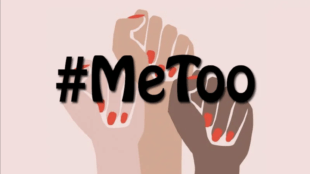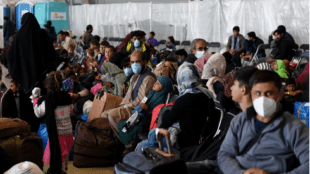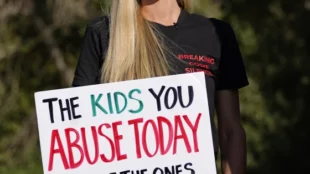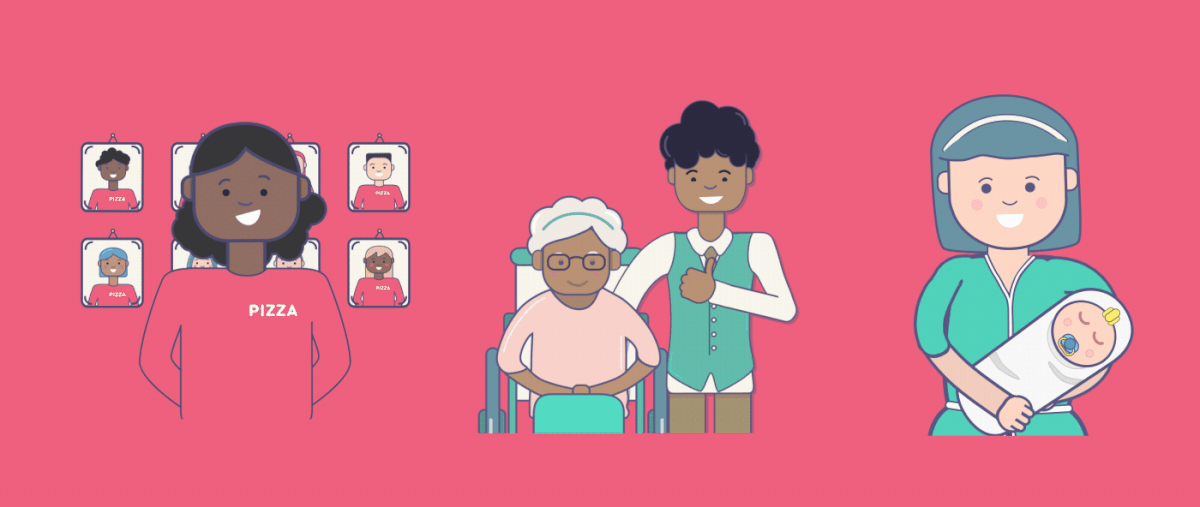Marking the End of Forced Arbitration in Sexual Misconduct Cases
(Source) On February 10, 2022, the U.S. Senate passed the “Ending Forced Arbitration of Sexual Assault and Sexual Harassment Act of 2021.” This bipartisan bill seeks to amend the Federal Arbitration Act (“FAA”) to make it easier for victims of sexual misconduct to litigate their legal claims in court instead of being forced to arbitrate. The bill invalidates and renders unenforceable pre-dispute arbitration agreements in cases involving sexual assault or sexual harassment. It fixes the ‘broken system’ by barring businesses and employers from using forced arbitration clauses in employment contracts to silence the victims of workplace sexual misconduct. The Federal Arbitration Act (“FAA”) applies to employment contracts except those involving employees working in interstate transportation. Section 2 of the FAA states that written agreements to arbitrate “shall be valid, irrevocable, and enforceable, save upon such grounds as exist at law or [read more]










